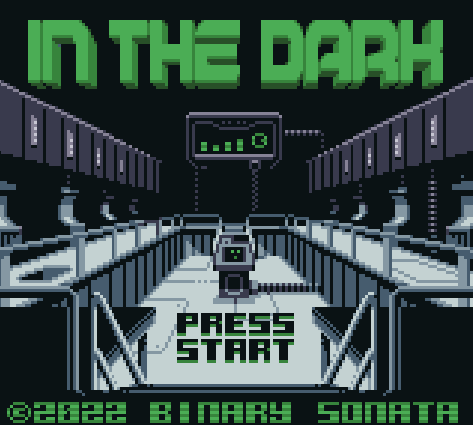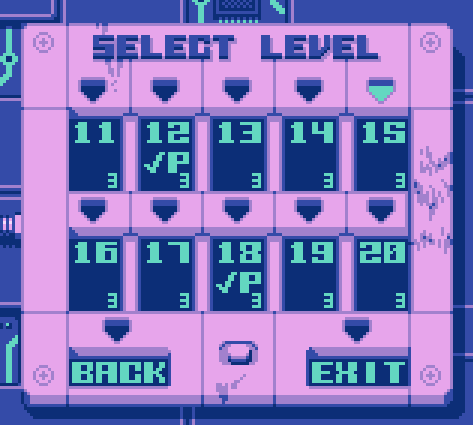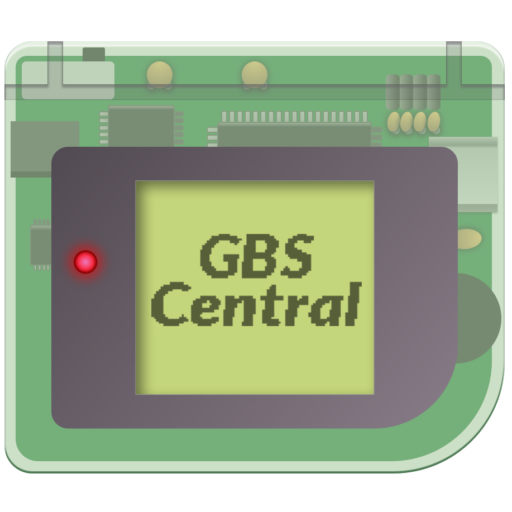A genre of game I’ve come to enjoy recently is the “revamp of a classic”. Mike Bithell’s “The Solitaire Conspiracy” is an example where the traditional card stacking game is given a very flashy and dramatic presentation. Full Motion Video sequences placing the player in a “do or die” espionage story-line coupled with striking visuals and stellar sound design create a really engaging facade for a fairly simple underlying game. In the end, you’re essentially just playing solitaire, but it feels like there’s much more to it thanks to the package the game is wrapped in.

In The Dark is another example of an overhauled classic game where the presentation provides the player with the motivation to play through it. You’ve probably encountered the main mechanic of the game before as it’s often used as a single puzzle in other games. A grid of lights appears on screen with some lights on and some off. Selecting a light will toggle it on or off, along with the lights directly beside it. The goal is to turn off all the lights in as few moves as possible.

Interestingly, this project did start off as a fairly simplistic version of the classic Lights Out game, with sparse graphics and a bare bones UI. Released by Pearacidic on February 3rd, 2022, “Turn ’em Off” was still very polished, having been in development for a solid month. The game was taken down the next day however, when GumpyFunction offered to create some art and help flesh out the game as a team. What followed was a two month intensive development period that added a whole bunch of features to really bring the project to life.

The game opens with a gorgeously rendered cutscene, setting the stage of a sci-fi puzzler. The menus and main puzzle interface all follow this theme, and there are many palettes to unlock by completing sets of ten puzzles as well as for completing puzzles “on par”.

The core of the game remains the same, but the inclusion of these features provides a constant drip of reward for the player to continue. While Random Mode offers over 500 possible puzzle combinations, there are 100 curated puzzles that ramp up in difficulty in the story mode. Some of them are deceptively simple. Take for instance this puzzle:
One would think that with the four corners illuminated, you wouldn’t click on them to turn them off, but that is the exact solution! Over time, patterns start to emerge and you get a feel of how to tackle the different puzzles. Completing the levels over par will still get you the ending cutscene and a finale to In The Dark’s story, but with 100 levels it will take some time to get there, and of course that challenge ramps up further if you try to hit all the par scores.

For such a simple game, In The Dark is a worthy contender in the homebrew scene. It’s a great “pick up and play” game, that can be played casually over time or intensively if you wanted. It’s an awesome example of how the game development process works when it’s done well – focus on the gameplay and mechanics first, then polish the presentation. I’m happy Pearacidic and GumpyFunction teamed up to bring this to life, along with Tronimal providing the excellent music for it. It’s also available as a physical release from Bitmap Soft.
You can download and play the digital release here.

Audio Engineer, Mac Technologist and Video Game Developer. Managing Editor of GBStudio Central. (he/him)

